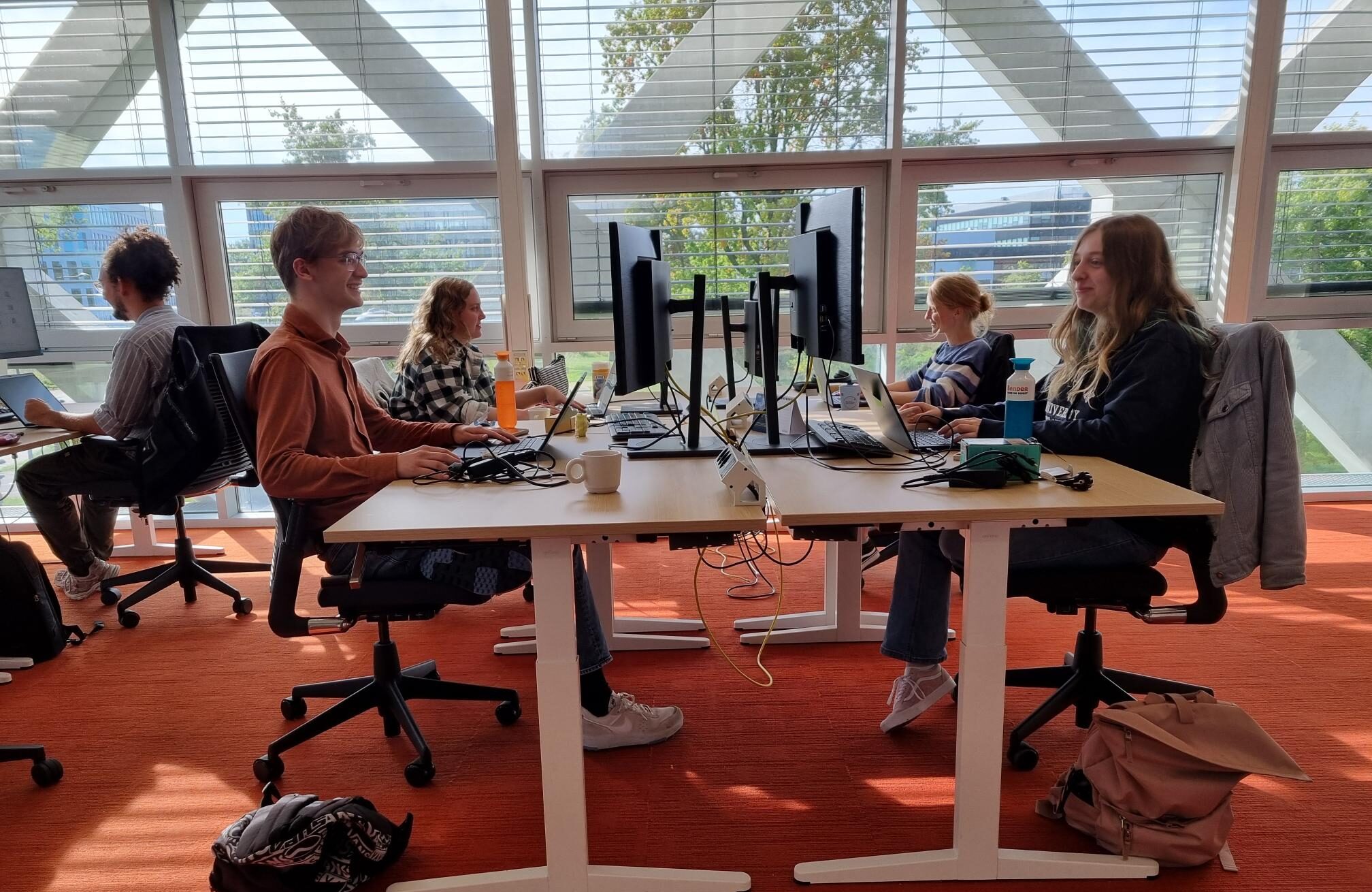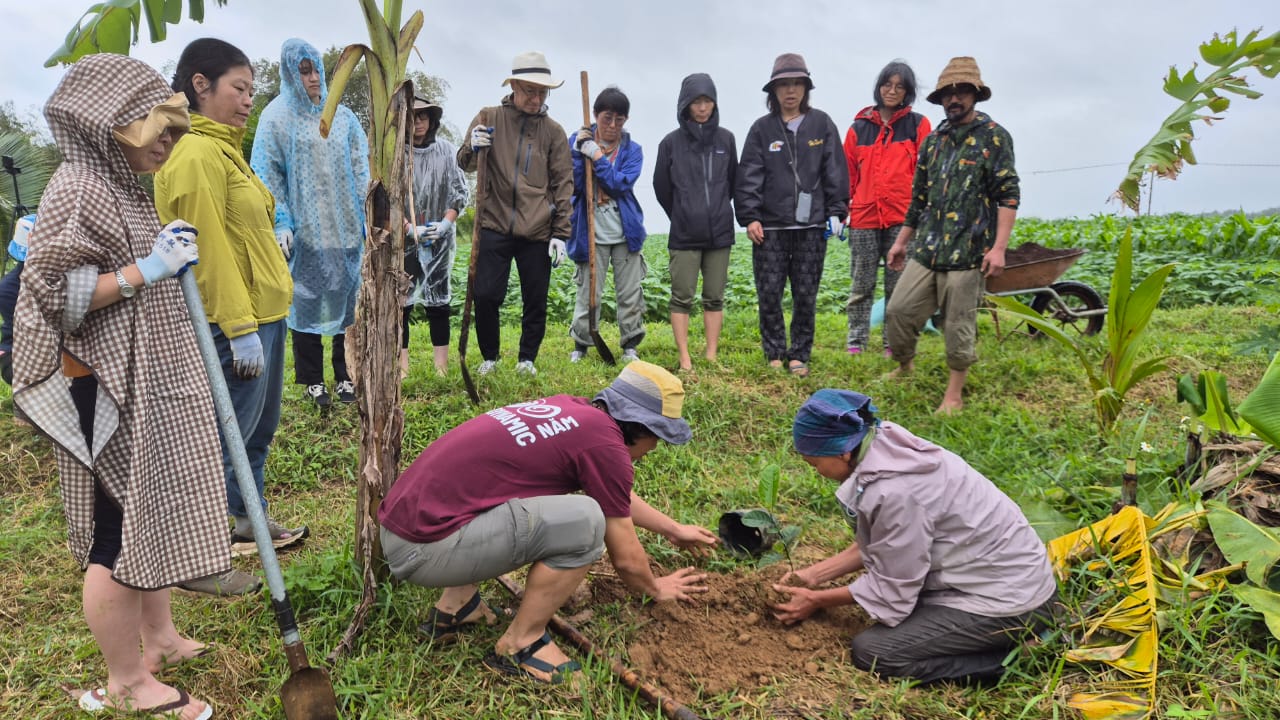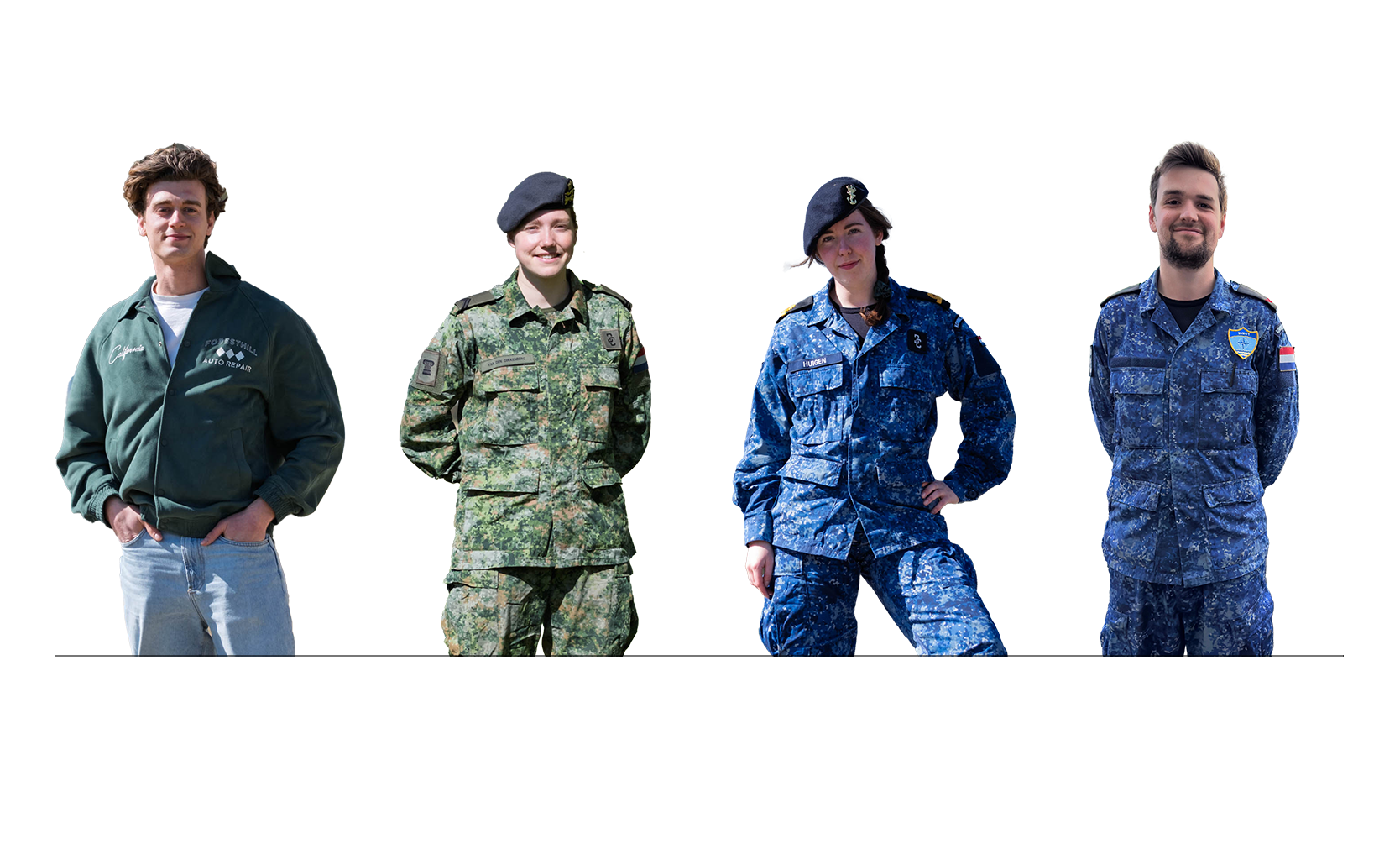At the moment, wur.nl looks as it always has, but in two months’ time the website will be completely redesigned. The online editors have been working since the end of 2024 on what should soon be on that new site. And above all: what not? ‘The old website had as many as 80,000 pages, which we have cleaned up considerably.’ A team of nine students is hard at work filling the new website.
Djalisa Nieuwenhuize (20), Bachelor’s student in Environmental Sciences, is one of the students helping to upload pieces. She has been working in the online editorial department for some time, posting notices about promotions and inaugurations. ‘For the new website, I have also been helping with content in recent months, for example student stories.’
Since the end of August, Drupal, the system behind the new website, has been ready for use. ‘There is already a lot in place that is to be published on the new site,’ says Nieuwenhuize. ‘We are doing that with a team of nine students. Once you understand how to upload, it can go fast. But of course, it is still a very big job. As long as the texts and images are delivered on time, we do ensure that the website can go live by the end of November.’
Turn on the podcast and go
Uploading for hours on end does not really make anyone happy, says Nieuwenhuize. ‘If I had to do this 36 hours a week, it wouldn’t be fun. But a few hours every week, spread over several days, is fine. Podcast or music on, and go. We work in the editorial office in Atlas, which makes you feel part of the team. There is a countdown system so you can easily see how much progress you are making. That makes it easier to keep up. And soon we are going for pizza together. Always a good idea for team spirit!’
Missionary spirit
If nine students spend hours uploading every week for two months, how big is the operation? External project leader Content Migration Tamara Lammertse of IO, the digital agency behind the new WUR website: ‘On the old website, people from all corners of the organization were thinking: “We have to communicate this”. There was a big missionary drive. As a result, there were as many as 80,000 pages online. Thus, the website became overcrowded and became a bit of a mess. There were also a lot of duplicates. We cleaned that up considerably. We are not dragging it all to the new website, because we really want to make a fresh start.’
Direction
On the new website, people should think ‘the other way round’, Lammertse continues. ‘Not sharing things from that missionary angle, but dwelling on the question: what do people come to our website for? What do students want to know? Or how do we best show companies what kind of research takes place here?’ For each target group, a director is assigned to the online editorial team, she continues. ‘Together with those involved, he looks at what is already there, what still needs to be made and what at least needs to be ready when the website goes live. Not 80,000 pages fortunately, but still quite a lot.’
The new website is expected to go online by the end of November.
Translated with DeepL

 Uploaders uploading. Photo Resource
Uploaders uploading. Photo Resource 

